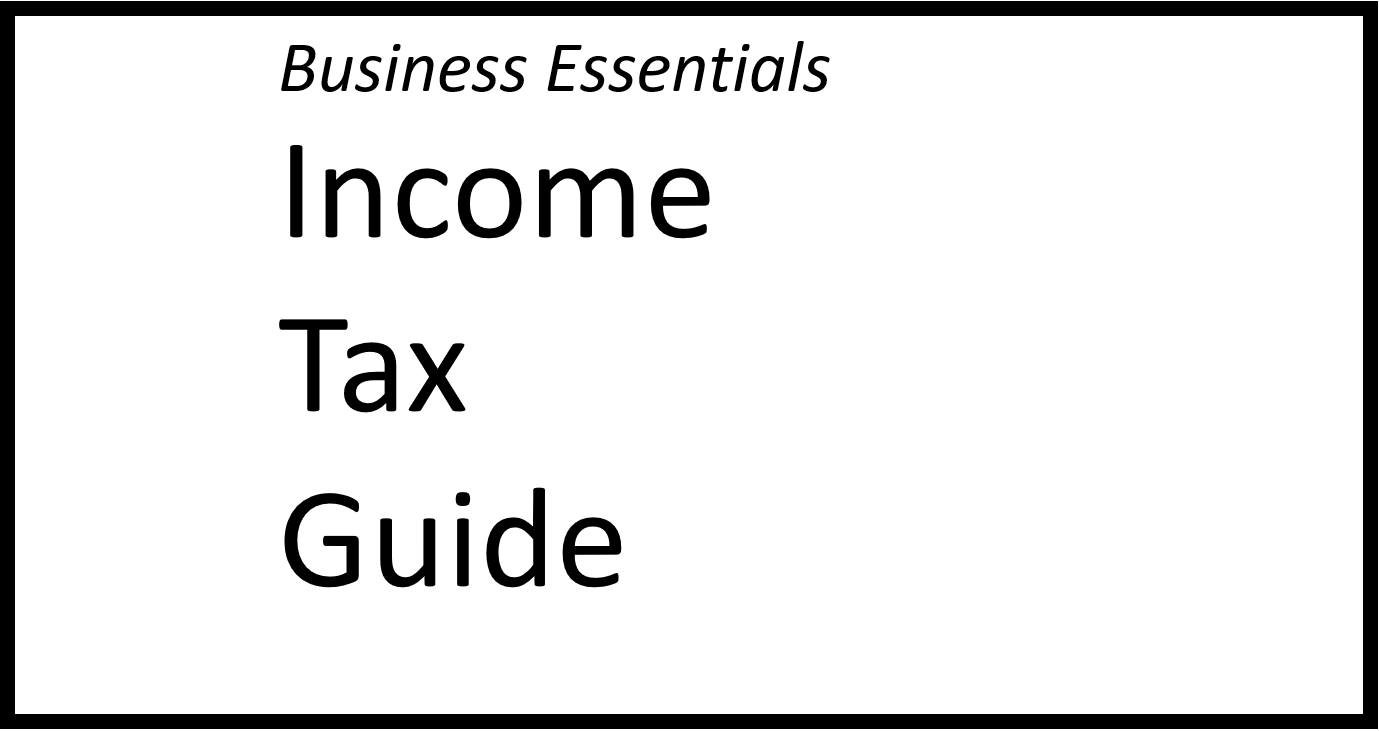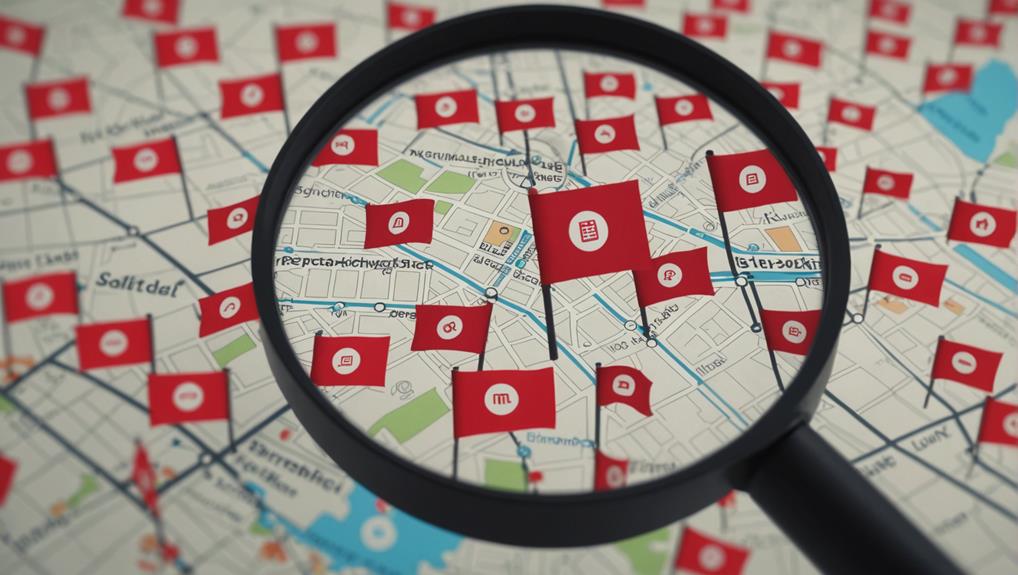
The Accounting Studio guide to
Income Tax
Income tax is paid by individuals on all their income however it may arise. This includes salary, dividends, interest, rental income, benefits in kind or profits from a self employed business (note: not a limited company – this has its own corporate tax return).
The income tax year runs from the 6th April to the following 5th April the next year. This means that it may be a completely different year to your company year.
Where an individual has untaxed income they will usually need to complete a personal tax return (aka a self-assessment tax return). This untaxed income is often dividends, rental income or business profits. Income from salary is normally “taxed at source” (i.e. the tax has already been deducted as part of the payroll process), and most individual’s interest income is within their personal savings allowance meaning that they don’t need to pay any tax on it.
Do I need to file self-assessment tax return?
Generally, if you have income that should be taxed, but has not been, you would need to file a tax return
HMRC have created a really handy tool to assess whether you need to file a tax return which can be found here: https://www.gov.uk/check-if-you-need-tax-return
If it turns out that you do need to register for self-assessment you should register for self-assessment by the 5th October after the tax year has ended. It is your responsibility as a tax payer to ensure that you are registered for self-assessment. HMRC may not be aware of your other income and won’t do it for you.
How do I register for self-assessment
There are two routes for registering for self-assessment
- Self-employment route: The easiest way is to apply online here – https://www.gov.uk/register-for-self-assessment/self-employed
- Not self-employment route: Again, the easiest way is to register online – https://www.gov.uk/register-for-self-assessment/not-self-employed
You will be sent a unique taxpayer reference number, which is a 10 digit code that you will use to file your tax return. When you get this please send it to us as we cannot file the tax return without it
Personal tax account
I strongly recommend that as well as registering for income tax you also open a personal tax account.
Here are all the things you can do with a personal tax account.
- check your Income Tax estimate and tax code
- fill in, send and view a personal tax return
- claim a tax refund
- check your income from employment in the previous 5 years
- check how much Income Tax you paid in the previous 5 years
- check and manage your tax credits
- check your State Pension
- track tax forms that you’ve submitted online
- check or update your Marriage Allowance
- tell HMRC about a change of name or address
- check or update benefits you get from work, for example company car details and medical insurance
- find your National Insurance number
In order to create a personal tax account you will first need to create a government gateway account.
When do I need to file and pay my self-assessment tax return
Generally the deadline for filing your personal tax return is by the 31st January following the the 5th April tax year end. That gives you almost 10 months to get it done. I strongly recommend not leaving it until January to think about it. Getting the tax return done as early as possible means that if there are surprises, you have some time to manage them, it means you know where you are and it means that if there are problems (such as getting hold of documents, or getting the right access codes from HMRC etc) there is not a mad scramble up towards the deadline.
At The Accounting Studio we will always be trying to get your tax returns completed as early as possible.
Generally the deadline for paying your income tax is also the 31st January following the 5th April tax year end. Do however read the section below on payments on account.
What else does my self assessment tax return include?
As well as calculating the income tax due the self assessment tax return also include
- Capital gains tax
- National insurance on self employed income
- High earner child benefit charge (basically, if you or your partner earn above £50k then any child benefit you have received will be clawed back at a rate of 1% for every £100 your earn over £50k)
- Student loan repayments
How do I pay my income tax?
There are a variety of ways for you to pay your income tax bill (https://www.gov.uk/pay-self-assessment-tax-bill). A few years ago HMRC took the decision to stop individuals paying by credit card (although interestingly still allows company credit cards).
If the amount you have to pay is below £3000 and you are an employee who pays tax through PAYE, you can request that HMRC collect your income tax through the PAYE system by changing your tax code. This is normally a less painful way to pay your tax
What are HMRC’s Payments on account?
HMRC describe payments on account advance payments towards your tax bill. What happens is you pay your tax for the previous tax year on the 31st January the following year, but you also pay an additional 50% of your income tax bill as a down payment on the next year’s tax (actually by the 31st January it is the current year’s tax).
Then, by the 31st July you make another payment on account for 50% of the previous year’s tax bill.
By the time you get to the following 31st January most, if not all of the tax for that year has been paid. If there is a difference you would either pay that small difference, or receive a refund if you’ve overpaid.
At this point you would also make another 50% down-payment for the following year.
If you are finding it confusing – it is! HMRC have a good example on their site that may help (https://www.gov.uk/understand-self-assessment-bill/payments-on-account).




